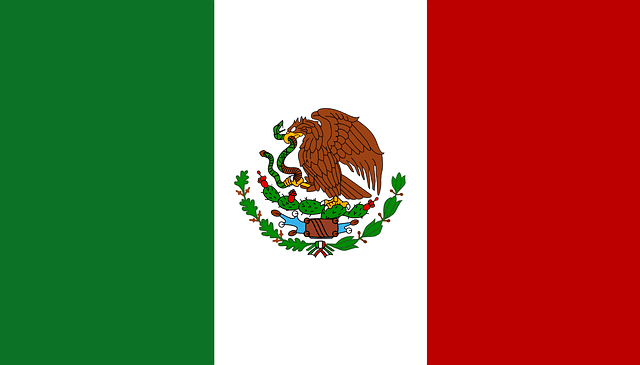The very first National Census of Patients with Rare Diseases in Mexico began October first of 2021 by the General Health Council (CSG). This census will last until January 15th of 2022. It will allow the country to create a full public national registry of rare diseases.
The census will occur virtually on 222.csg.gob.mx which is the official website of the General Health Council. The team has ensured that all data will be protected through this software.
To register, the only things which are needed are a Population Registry Code (CURP) and information on the disease.
Rare Diseases
Rare diseases are, well, rare. However, together they impact many people in every country. Article 224 states that rare diseases have low incidence and low prevalence, affecting fewer than 5 in every 10,000 individuals.
Most rare diseases have one thing in common- they’re often misdiagnosed and little understood. These complex conditions often leave patients waiting 5 years for a proper diagnosis. For 1/5th of patients, they wait more than 10 years.
That’s 10 years of not just living without answers but not having the proper treatment.
Some rare diseases include spina bifida, Gaucher disease, histiocytosis, mucopolysaccharidosis, homocystinuria, Turner syndrome, cystic fibrosis, phenylketonuria, galactosemia, and histiocytosis.
A new commission was created in 2017 in order to address rare diseases in the country and specifically improve diagnosis and care. They hope to improve neonatal screening, reference criteria, efforts for early detection, and more. Much of these changes will revolve around the implementation of genetic counseling programs across healthcare centers.
You can read more about these initiatives and what they could mean for rare disease patients in Mexico here.





